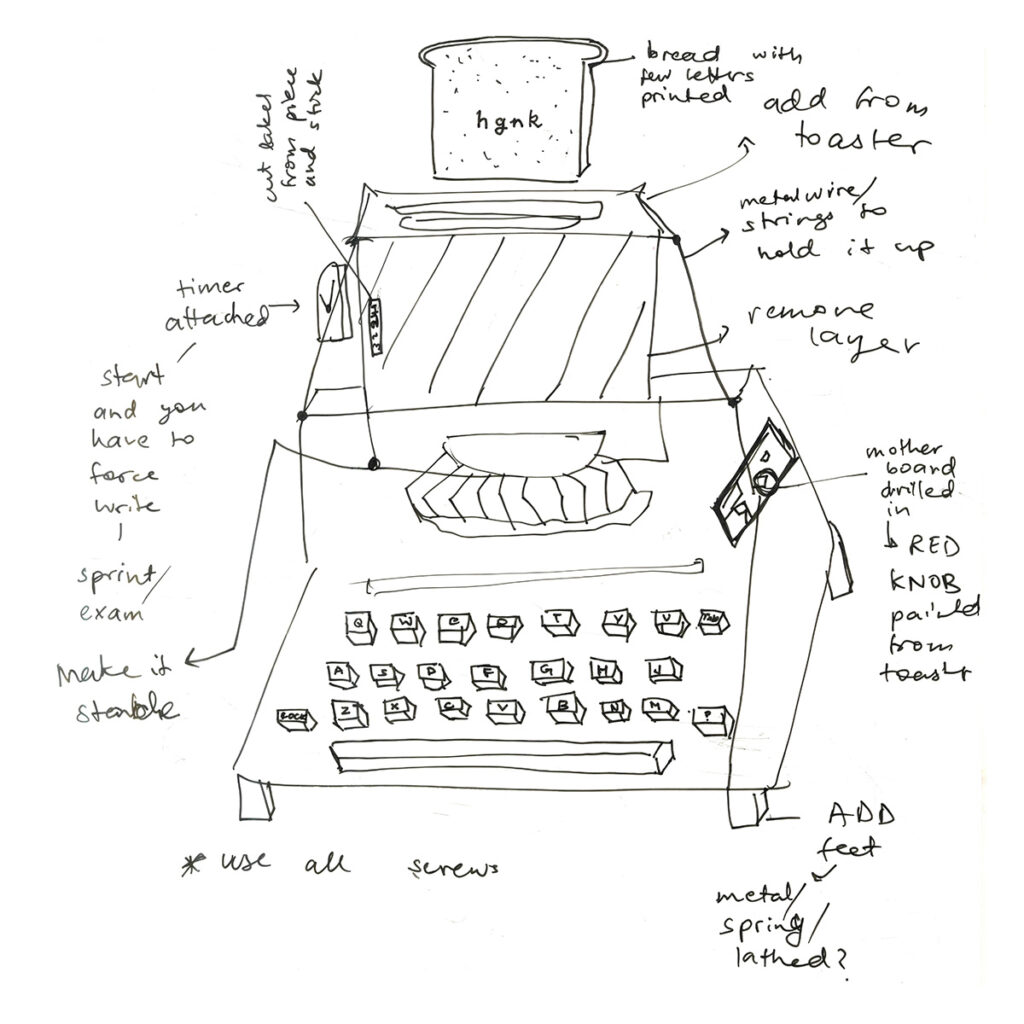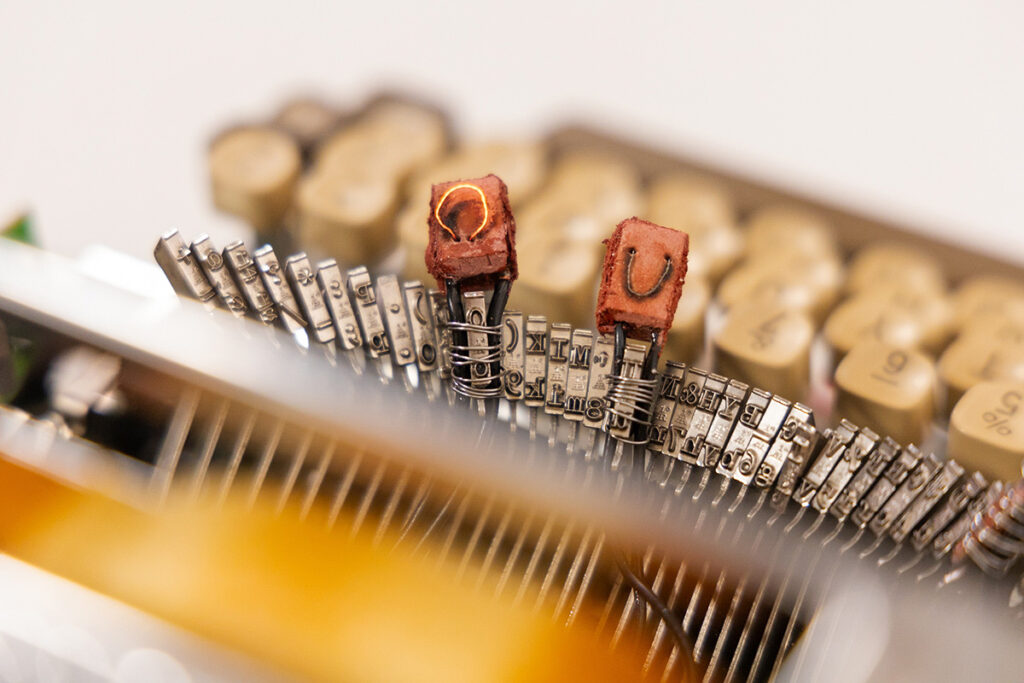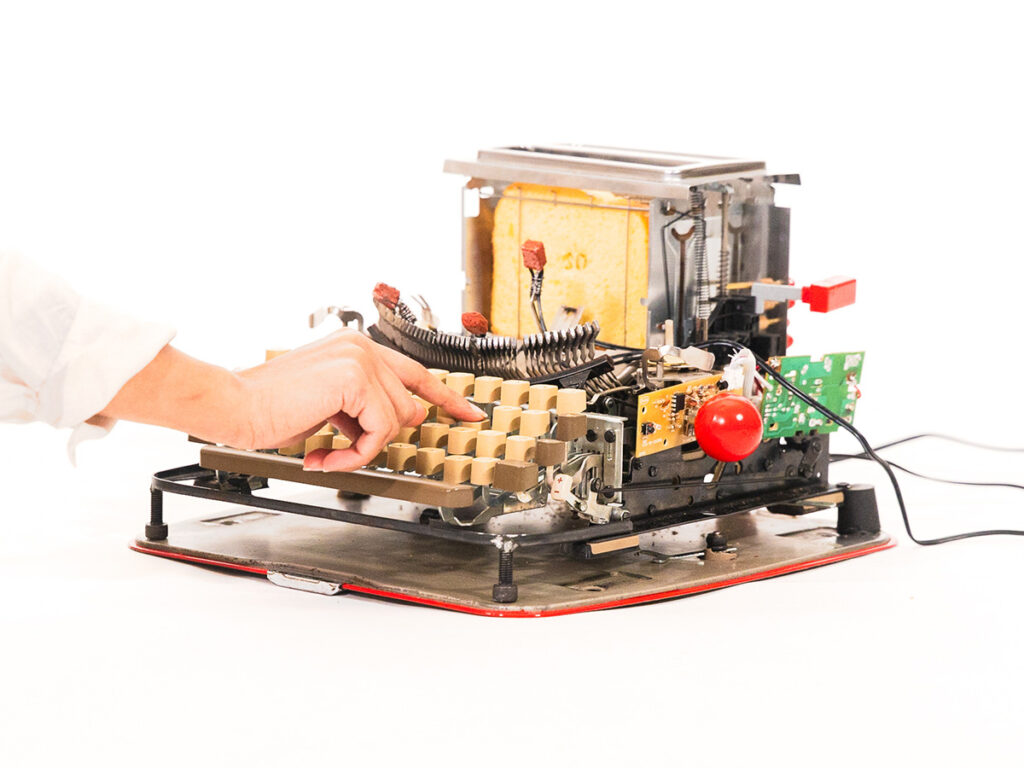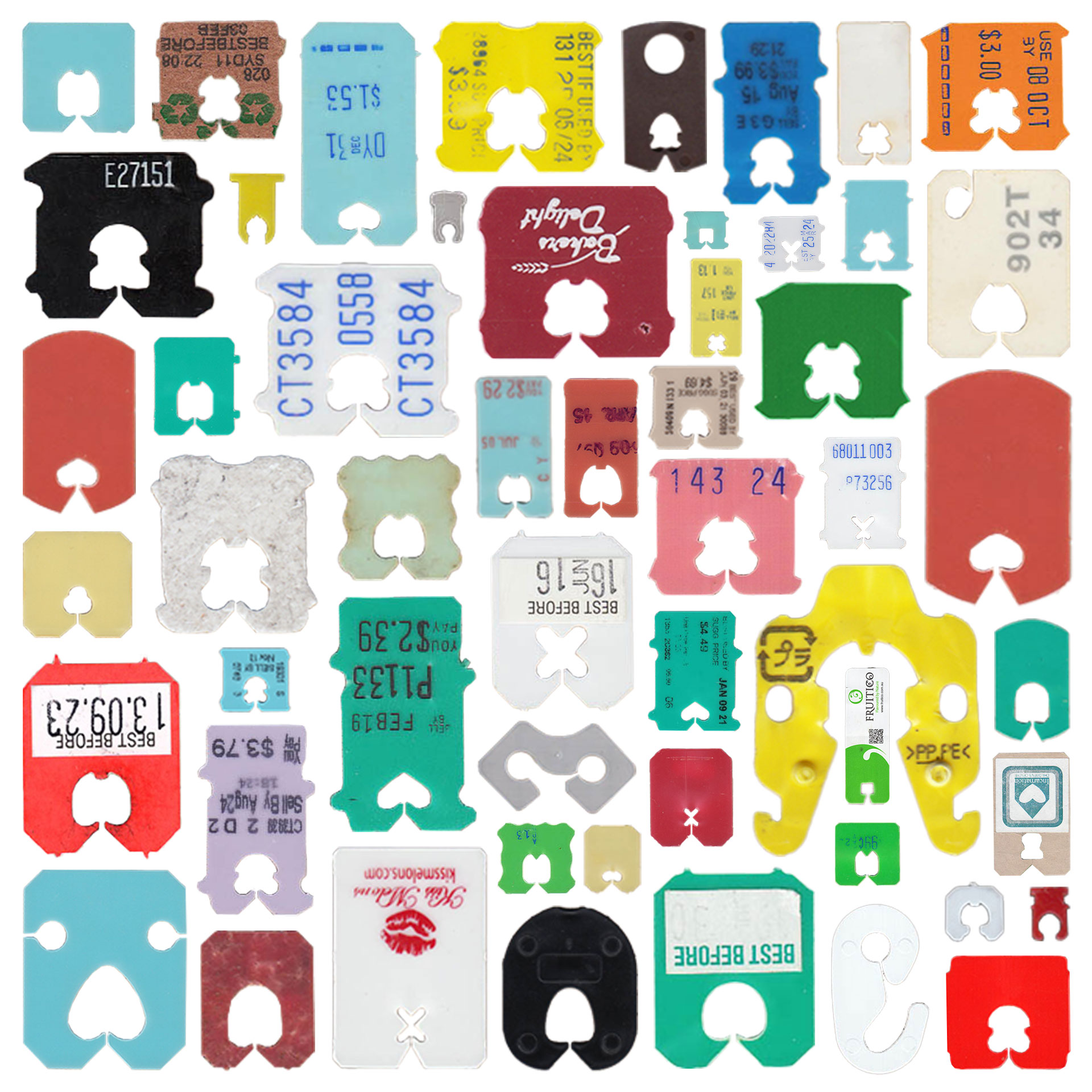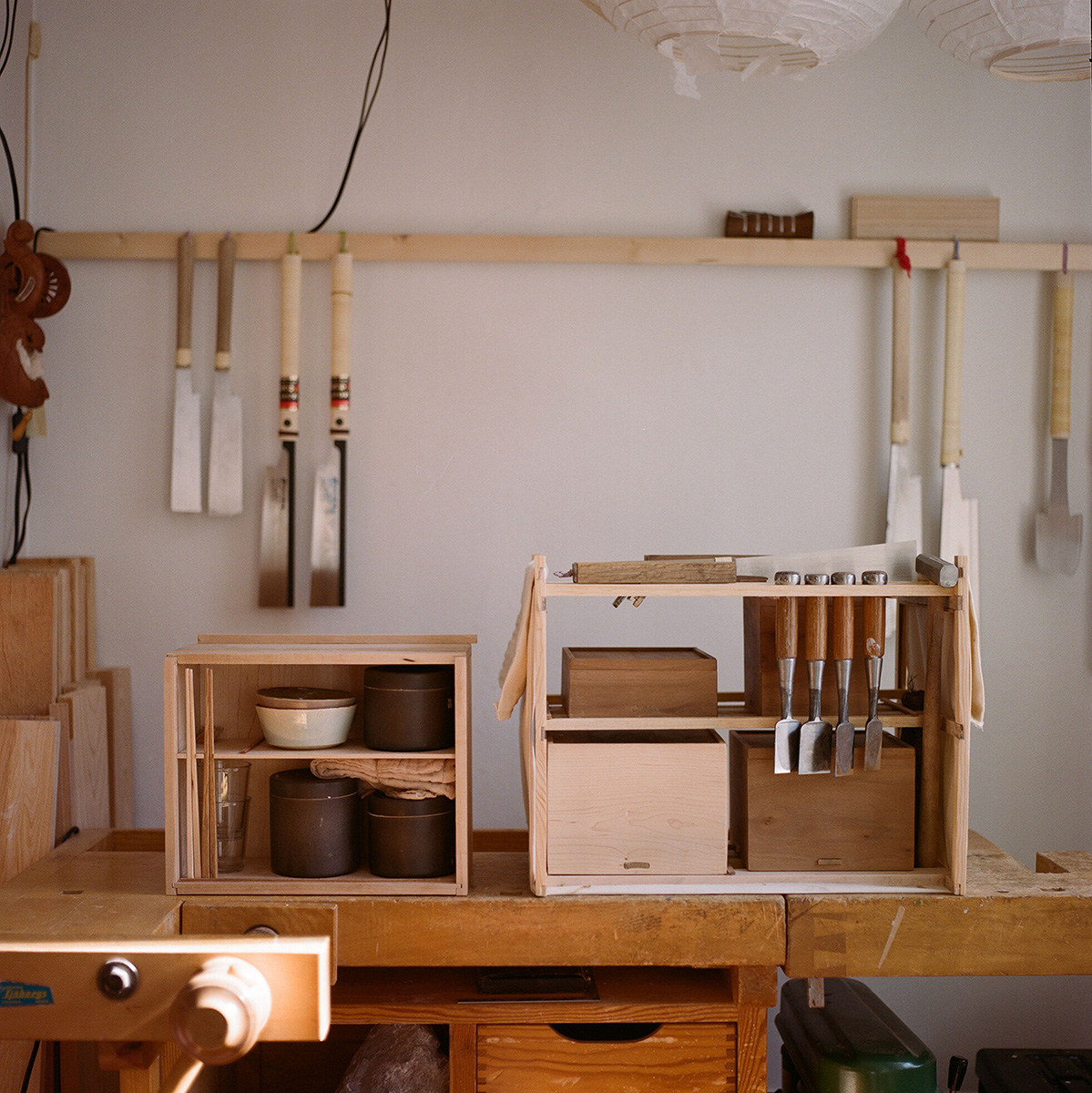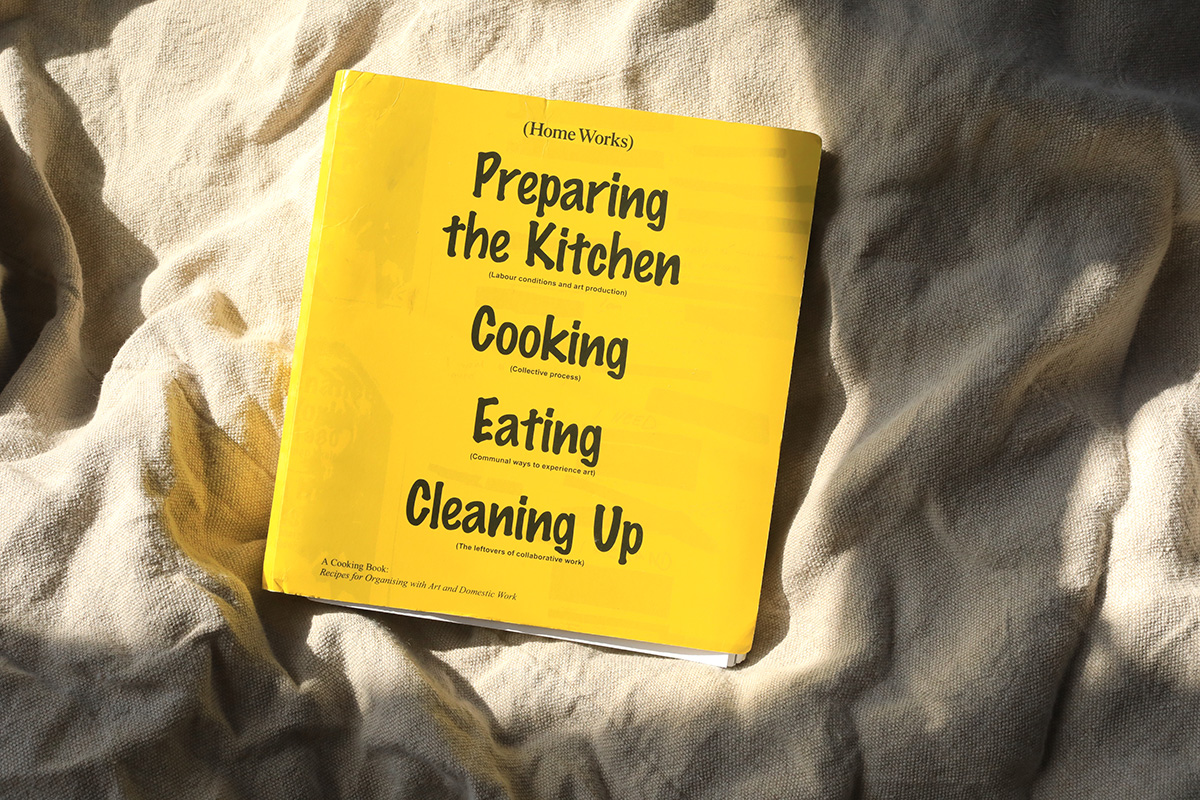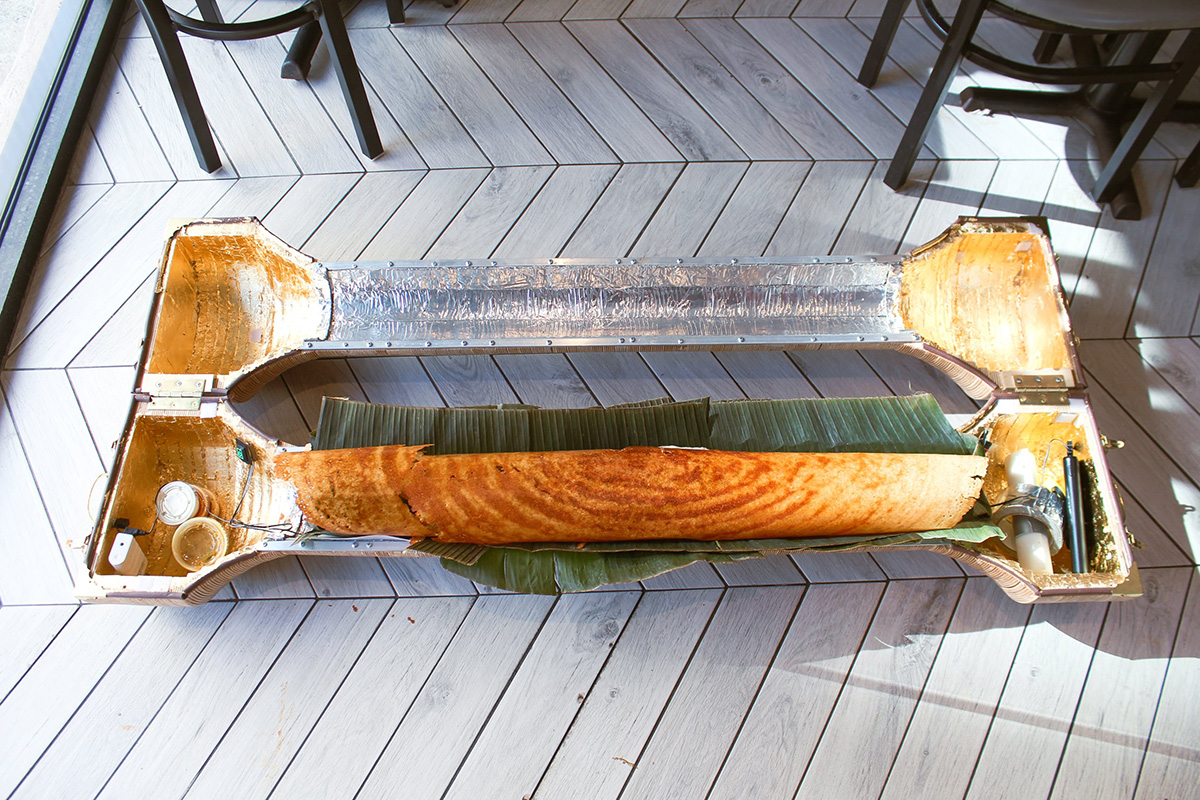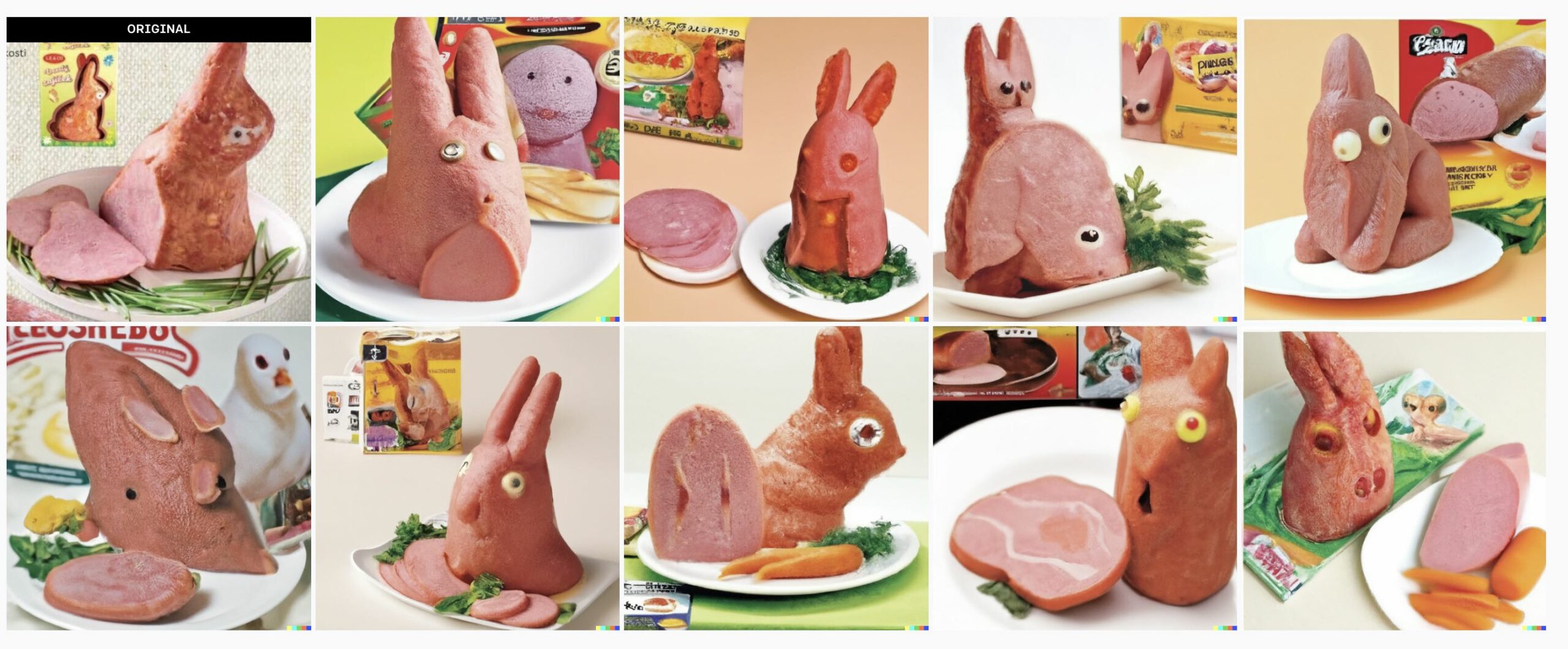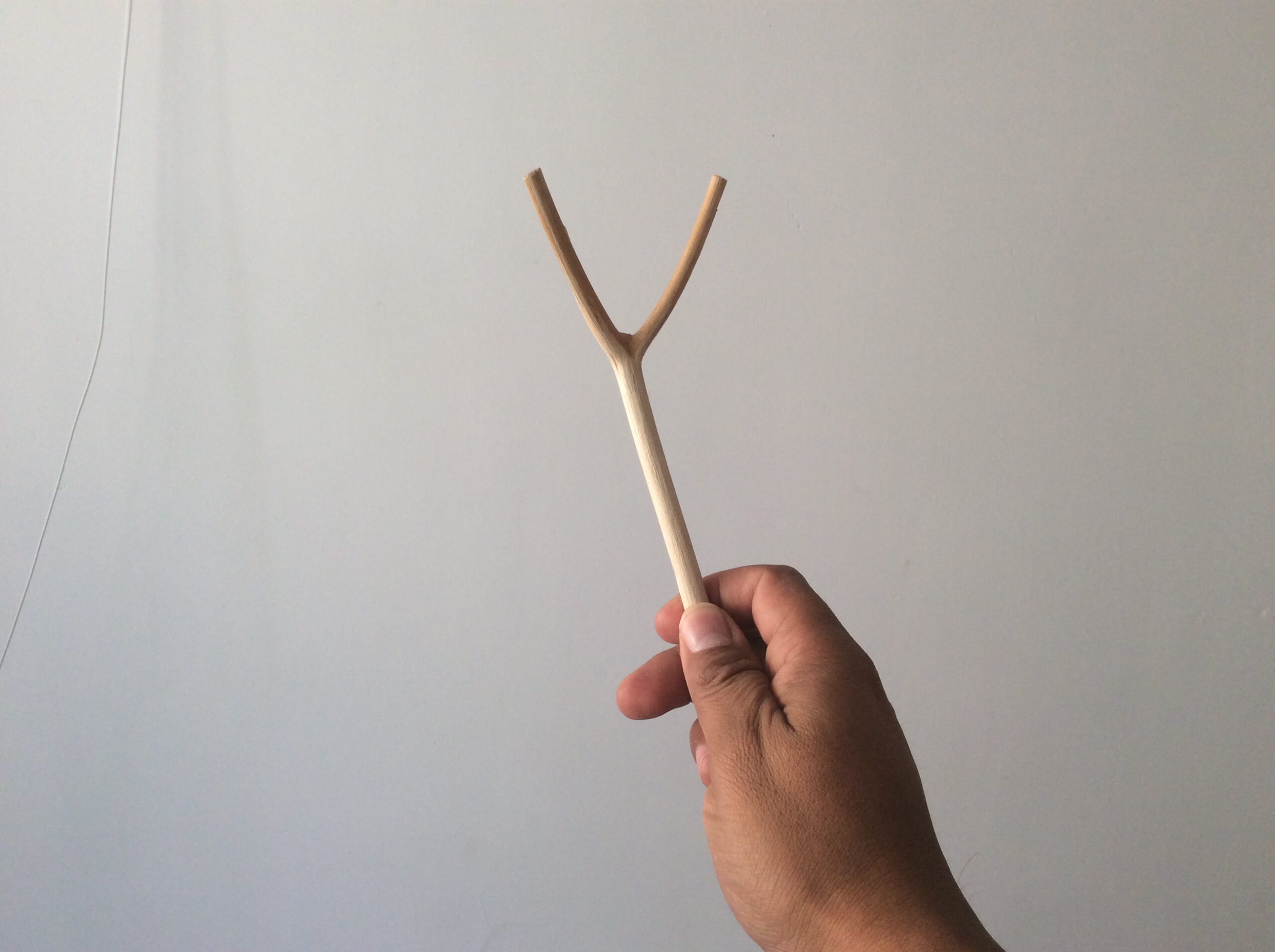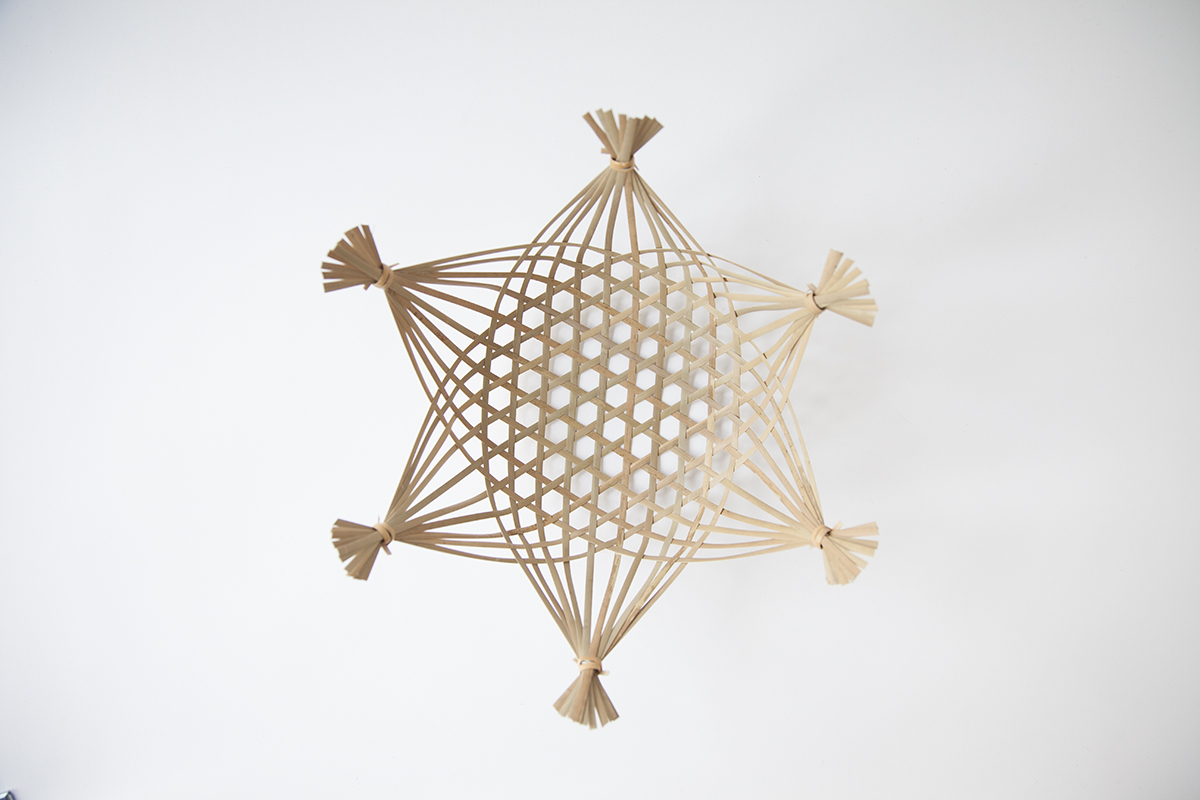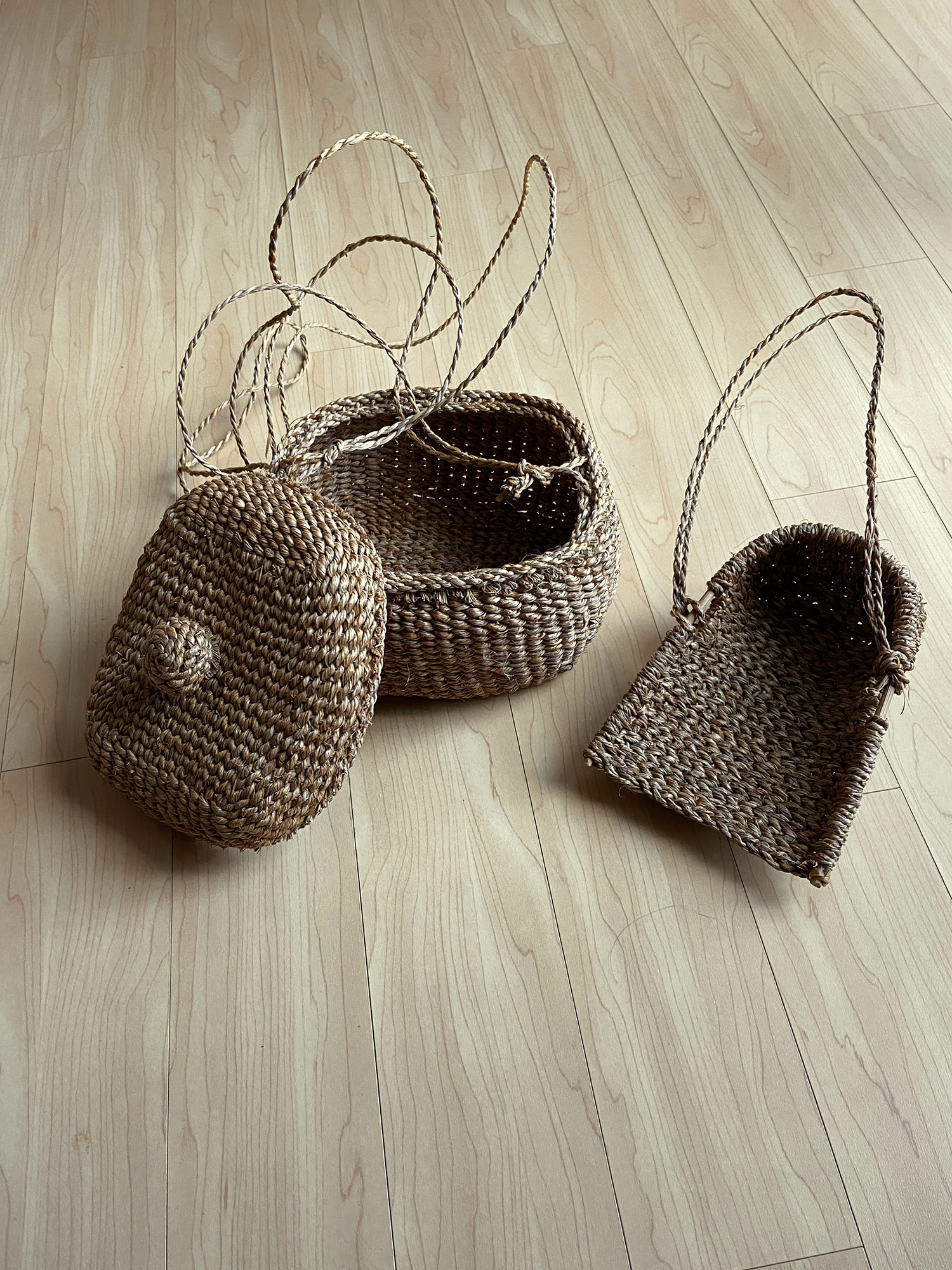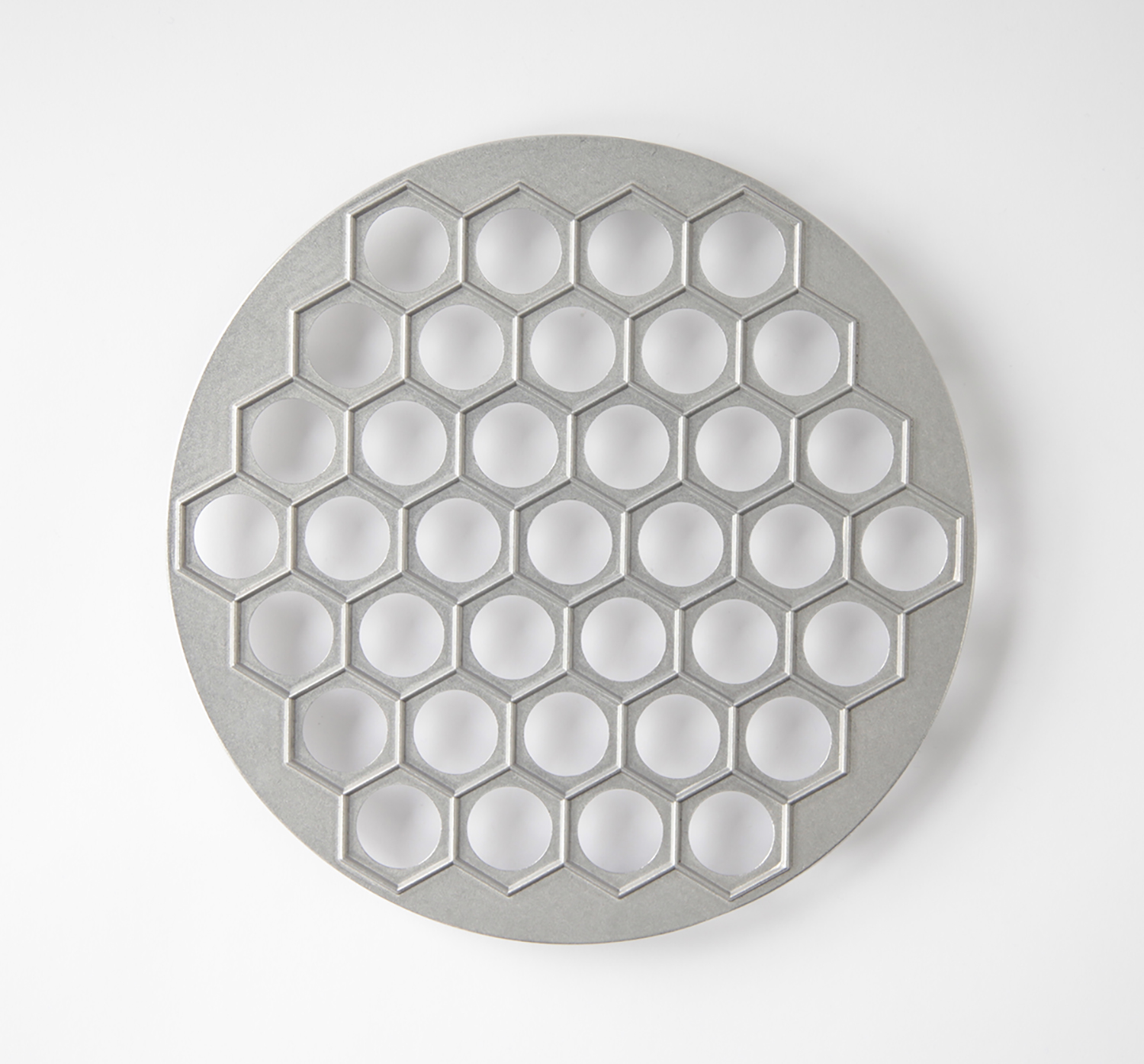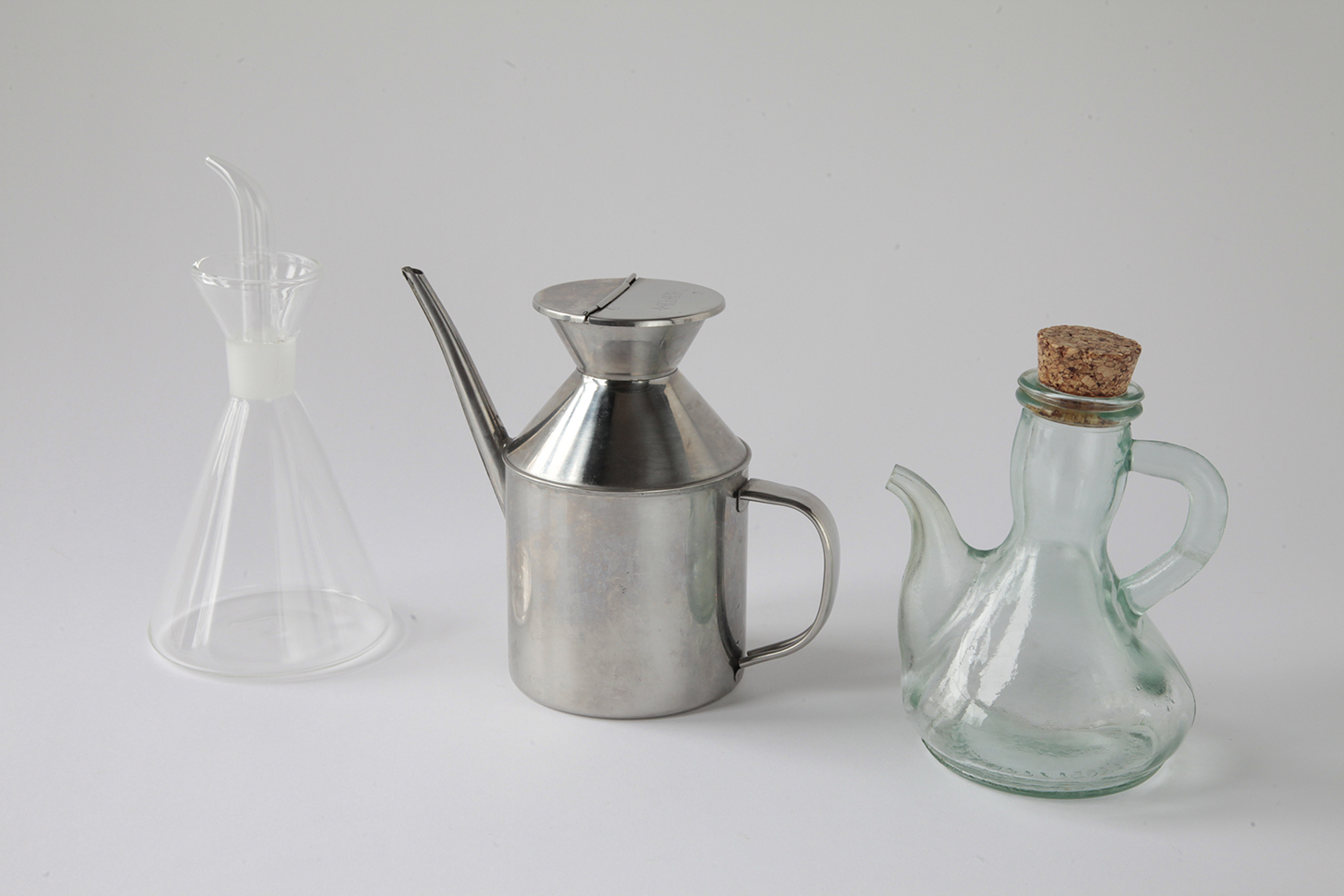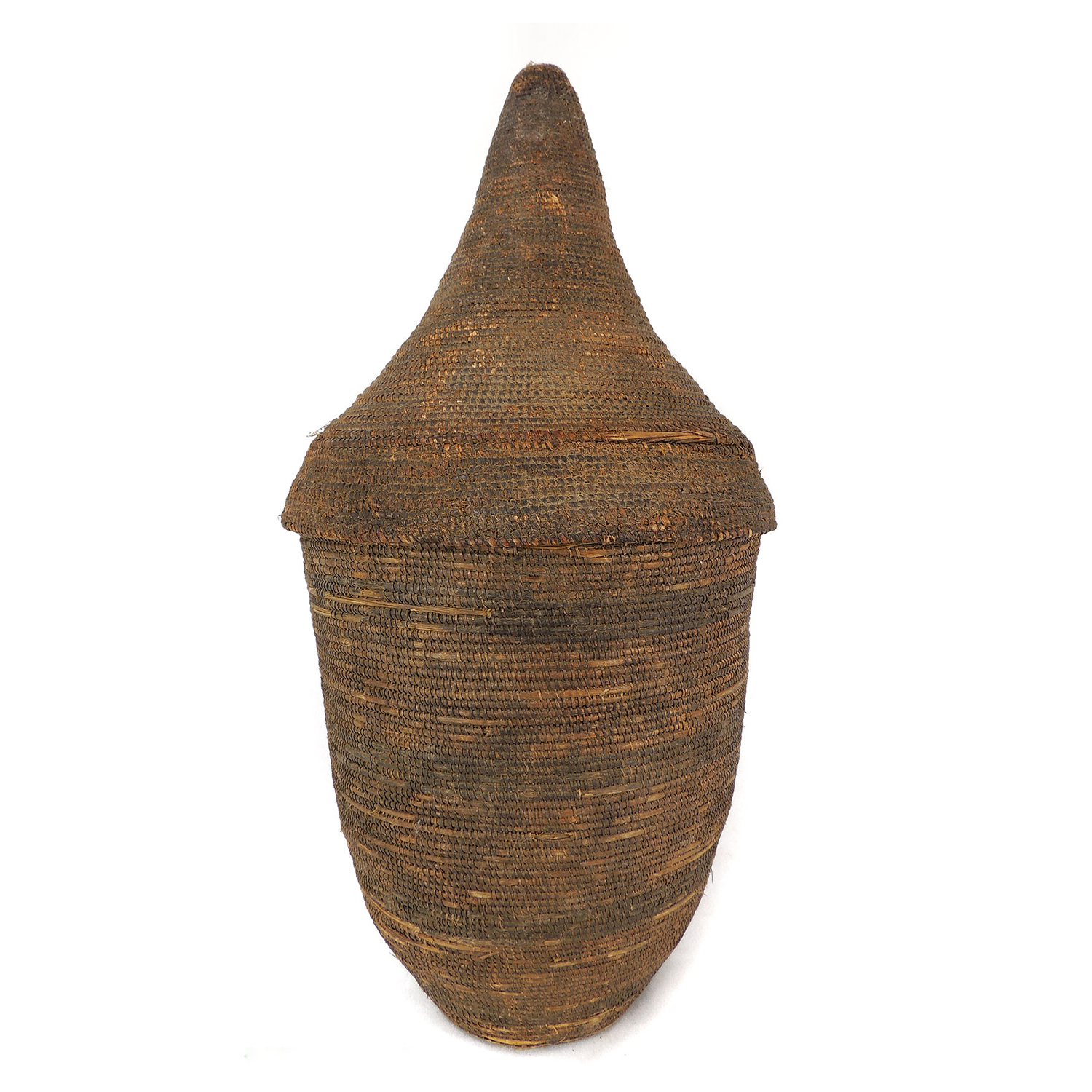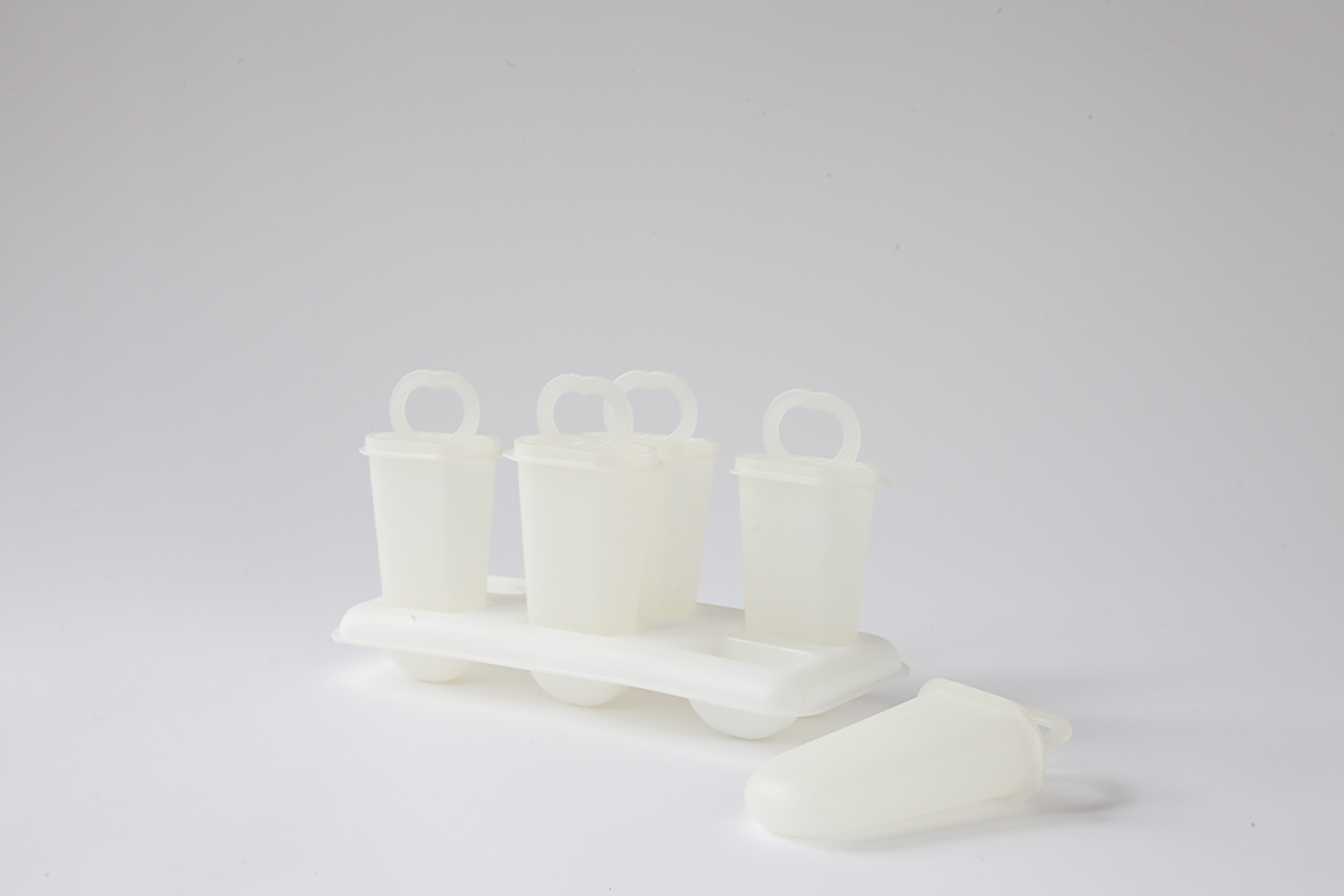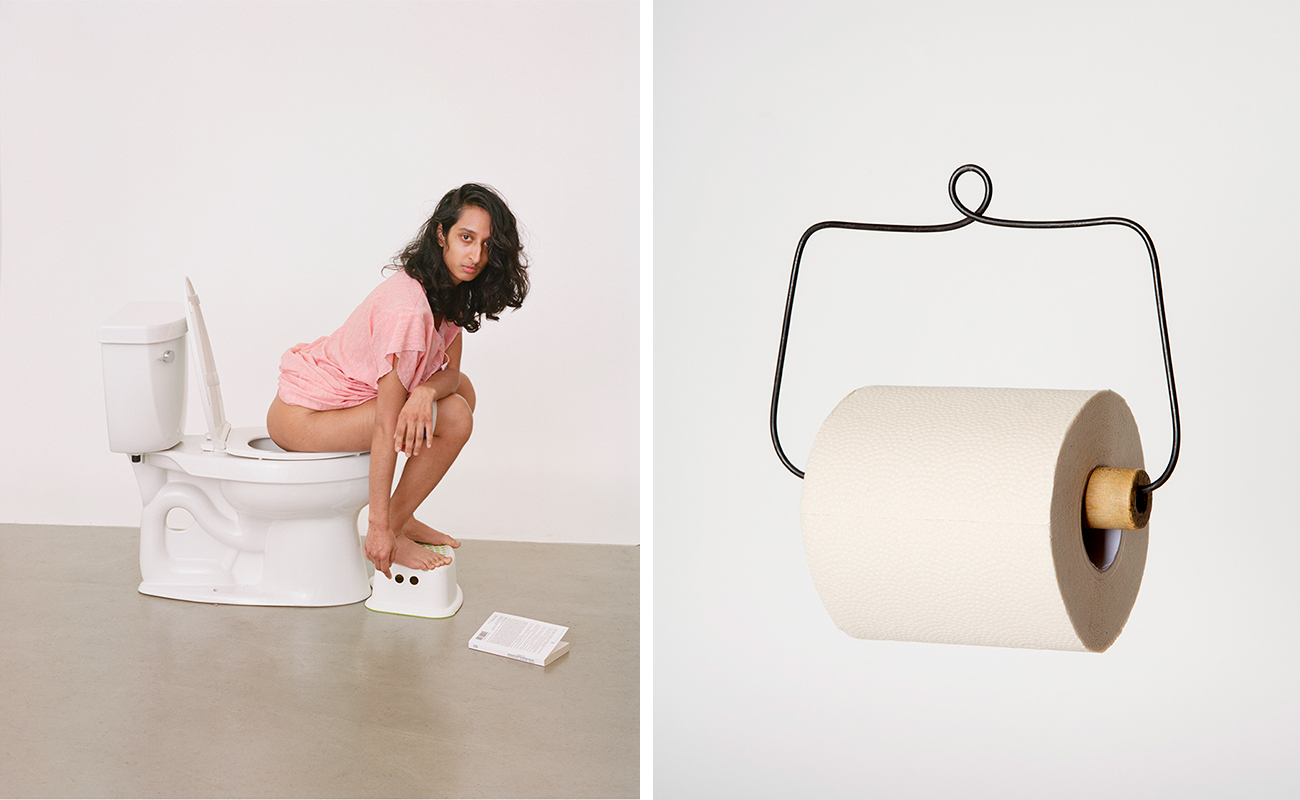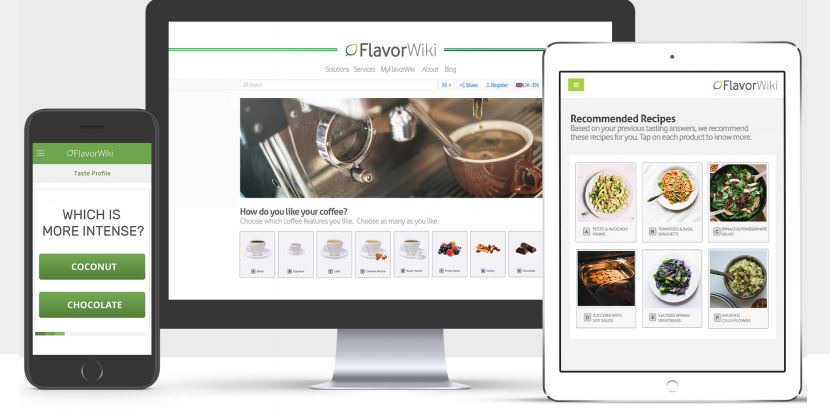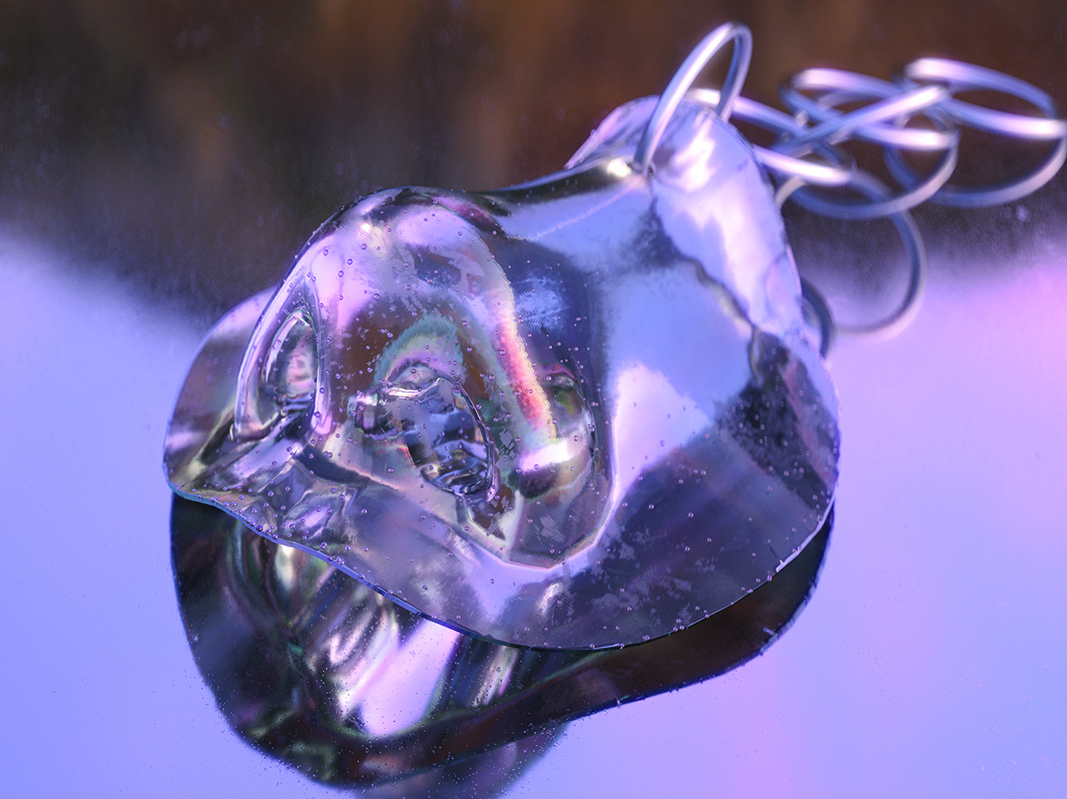PROJECT OVERVIEW
Imagine having to write one hundred words just to be able to toast your bread enough. The Toaster-Typewriter is my first iteration of technology with a sense of humor: a seemingly simple machine that lets one burn letters onto bread, this hybrid appliance nudges users to exercise their imaginations while performing a mundane task like making toast in the morning. It is completely against user-friendliness and instead embraces “user-absurdity”.
PROBLEM
Design is too serious. Despite being an industry of innovation, we often can be too limited in our approach. Design can and should do more than solve the functional problems of convenience or efficiency. Objects around us shape our everyday experiences,so what if these objects were made with humor in mind? I am proposing a paradigm shift: design needs humor.
PROCESS
The Toaster-Typewriter suspends users into a collective imagination. It is imperative for all of us to feel we have agency to imagine different possibilities than our current realities, and humor lets us do just that. Humor is inherently an observation and a critique. Being an avid-audience of comedy, I have felt the impact of being invited by humor to explore difficult and heavy topics that I otherwise might have feared away from. Fascinated by the applications of comedy in politics, science, storytelling, and education, this investigation envisions humor as a tool to allow design to become a medium for imagination, social change, and facilitating uncomfortable conversations.
The result is an absurd machine, and a brand-new design manifesto. At the end of the project, the 10 Commandments of Humor in Design were written in order to translate the research into applicable guidelines. These commandments aim to rethink our notion of “good design” and to question the current parametric for the same.
SHAPING THE FUTURE OF FOOD
What is the relationship between food and humor? As a child, my mother always discouraged me from playing with my food as it is seen as a sign of disrespect in Indian culture. It inherently positions play and respect on opposite ends of the spectrum. Yet, I have long viewed food as a rich medium for storytelling, entering the kitchen was like it was a maker’s space
What can the relationship be between food and humor? If humorous objects and machines can become more than functional parts, could food become more than sustenance? Can the necessity of food be used to make imagination and humor a necessity too?
The Toaster-Typewriter project challenges the conventional perceptions of kitchen appliances and encourages a shift towards more imaginative and playful interactions with food-related technology. By infusing the act of toasting bread with whimsy and absurdity, the Toaster-Typewriter disrupts the monotony of daily routines, inviting users to engage in a playful dialogue with their culinary tools.
(And to be able to play with food without disappointing your mother.)
ABOUT THE PRACTICE
Ritika Kedia is a multidisciplinary designer, researcher and maker pursuing a critical design practice that holds humor at its heart. She uses design as a medium to build imagined futures into favorable realities and manufacture long-term thinking. Past endeavors have included making furniture that can be inflated, lamps that investigate trash, vessels that conduct interviews, she has written manifestos on humor, and has eaten her to-do lists. She is currently researching humor through South Asian folk cultures, traditions and crafts in Rajasthan, India.

